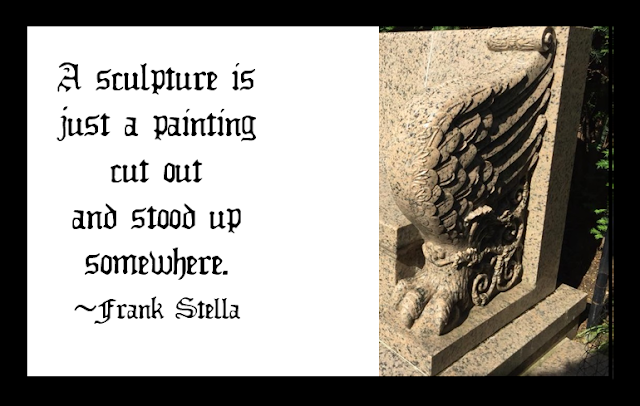Marian "Clover" Hooper Adams (1843 –1885) was an American socialite, and an accomplished photographer albeit in her short time with the art.
 Although married to writer Henry Adams, she has been cited as the inspiration for Henry James's Daisy Miller (1878) and The Portrait of a Lady (1881). She discovered her passion, photography, late in life. By 1883, Clover became one of the earliest portrait photographers doing all of her own developing herself.
Although married to writer Henry Adams, she has been cited as the inspiration for Henry James's Daisy Miller (1878) and The Portrait of a Lady (1881). She discovered her passion, photography, late in life. By 1883, Clover became one of the earliest portrait photographers doing all of her own developing herself.
On Sunday, December 6, 1885, after breakfast Clover went to her room. When Adams went upstairs to let his wife know that she had a visitor, he found her lying on a rug with an opened vial of potassium cyanide, which she had frequently used in the processing of her photographs, nearby.
Clover’s suicide has been related to a family history of mental depression and suicide among other personal challenges, including her father’s death and even an intimate correspondence between her husband and another woman that lasted for a half decade. After Clover's death, Adams destroyed all the letters that she had ever written to him and rarely spoke of her in public. She was even absent from his work, The Education of Henry Adams. Because of Adams’s actions, which contributed to an atmosphere of suspicion and mystery, and the mere nature of suicide, it is hard to tell what happened.
While Clover was greatly missed by many, few attended her funeral on December 9, 1885. She was interred at Rock Creek Cemetery on December 11, 1885, a delay caused by inclement weather. A modest headstone was used as a temporary marker until Adams commissioned the sculpture that stands there today.
Later, Adams commissioned a bronze sculpture, sometimes referred to as “Grief” by Augustus Saint-Gaudens, to stand at the site of her, and his, grave. The statue is of someone sitting surrounded by a shroud, facing a marble bench with eagle’s claws. There is no name carved into the statue and holly trees enclose the statue and bench.
There are numerous legends that derive from the feelings produced when gazing at the statue. Some report ghostly images of Clover. Others say that they are overcome by sadness.
What is haunting is that there is an unauthorized replica of the statue known as “Black Aggie” that was placed at the grave of General Felix Agnus in Druid Ridge Cemetery in Pikesville, Maryland. Installed in 1926, almost immediately urban legends were connected to the replica.
One such urban legend is that if one spent the night on the lap of Black Aggie, he would be haunted by those buried there, or at least a terrible backache.
Another legend tells how the statue would animate at night and Black Aggie’s eyes would turn red. (Druid Ridge Cemetery currently closes at 7pm. That means that one would be trespassing and perhaps seeing the red lights of security or the police.)
As one can imagine with urban legends and outdoor artwork, many were caught breaking into the cemetery at night and rather intentional or only while trying to accept a challenge of sleeping in the statue’s lap, the artwork was vandalized. General Felix Agnus’s family decided to donate the piece to the Smithsonian in 1967 to avoid all the public attention. Interestingly enough, it sat in storage for many years.
The piece was then moved to a courtyard behind the Dolley Madison House where she remains today. You can read more tales of Black Agnus here.










